CE Marked & Available in FDA territories
Overview
PHMB Foam with Raponic™ technology is a safe, fast, and efficient antimicrobial foam dressing, designed to support wound healing. Raponic™ technology is our unique PHMB formulation, developed specifically to provide effective antimicrobial performance.
PHMB Foam with Raponic™ contains polyhexamethylene biguanide (PHMB), which kills and inhibits the growth of bacteria, reducing pain during wound healing.6
The non-cytotoxic action of PHMB prevents damage to newly formed tissue. In human cells, the PHMB is partitioned within endosomes and therefore excluded from the nuclei. This means that the PHMB is unable to reach chromosomes within human cells and is unable to display a toxic effect on them.1
Antimicrobial performance1
PHMB Foam is effective against the following organisms:
Gram positive: MRSA; VRE; Strep. Pyogenes
Gram negative: E. coli; K. pneumoniae; Serratia marcescens
Yeast: C. albicans
Total eradication of MRSA is achieved in 6 hours within the dressing.1
Safety2
The in-vitro scratch model showed that fibroblast cells exposed to extracts of PHMB Silicone Foam were able to close the scratch wound when compared to silver foams and to the control sample after 24hrs.

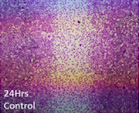
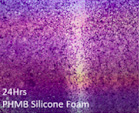

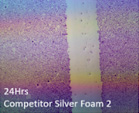
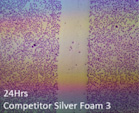
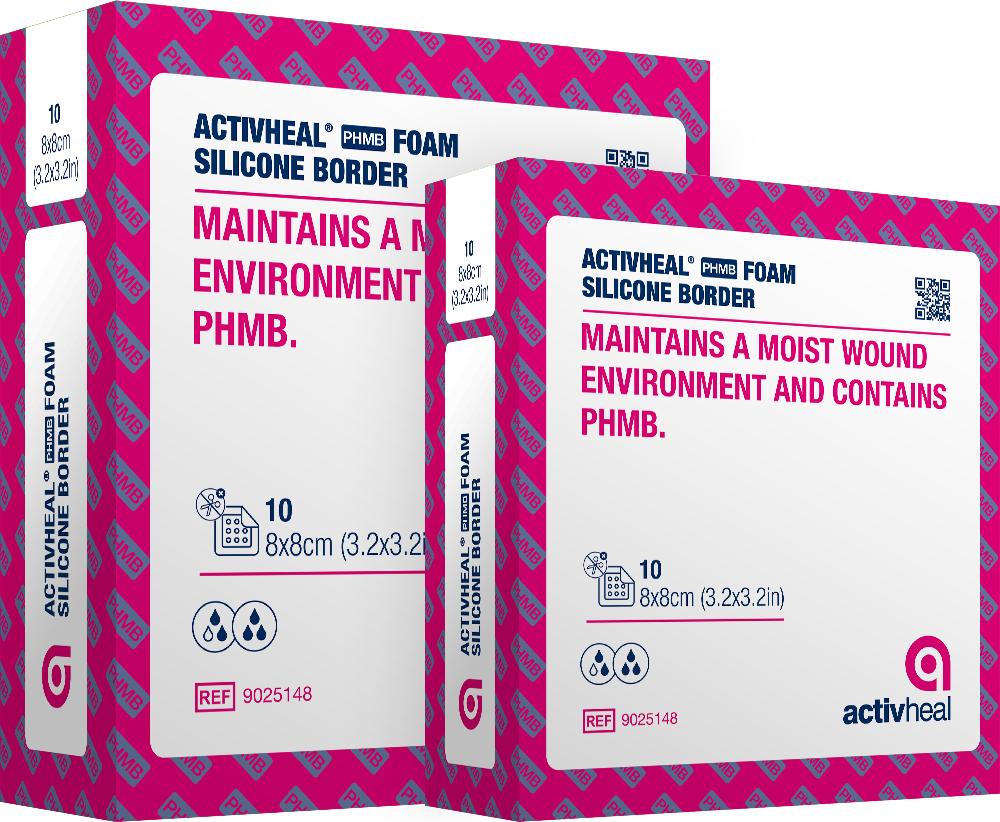
PHMB Foam is available both as OEM and under our ActivHeal brand. To find out more about the ActivHeal® PHMB Foam range, download resources and view performance data, visit ActivHeal.com
PHMB Foam Product Range
PHMB Foam with Raponic™ is available in silicone border foam, non-adhesive foam and silicone post operative foam.
PHMB Silicone Border Foam
PHMB Silicone Border Foam dressing is an antimicrobial wound dressing consisting of hydrophilic polyurethane foam, which is designed to absorb exudate.
This is laminated to a low-friction, waterproof polyurethane film, which provides a bacterial barrier to the wound.
The perforated silicone wound contact layer protects the wound bed from adhering to the dressing and extends past the wound margins to provide adhesion to the periwound skin.
PHMB Non-Adhesive Foam
PHMB Non-adhesive Foam dressing is an antimicrobial wound dressing consisting of a hydrophilic polyurethane foam, which is designed to absorb exudate.
This is laminated to a pink, low friction, waterproof polyurethane film, which provides a bacterial barrier to the wound.
The wound contact layer side of the dressing has a clear perforated film which protects the wound bed from adhering to the dressing by preventing the formation of granulation tissue into the pores of the foam, thus reducing trauma on dressing removal.
PHMB Silicone Post Operative Foam
PHMB Silicone Post Operative Foam dressing is an antimicrobial wound dressing consisting of hydrophilic polyurethane foam, which is designed to absorb exudate.
This is laminated to a low-friction, waterproof polyurethane film, which provides a bacterial barrier to the wound.
The perforated silicone wound contact layer protects the wound bed from adhering to the dressing and extends past the wound margins to provide adhesion to the periwound skin.
Key Features and Benefits
PHMB benefits
PHMB is an effective antimicrobial agent against a broad spectrum of microorganisms frequently associated with the bacterial colonisation and infection of wounds, for up to seven days, based on in-vitro testing.1
Polyurethane foam containing PHMB manages wound exudate and microbial contamination, which reduces wound pain during wound healing.3
PHMB Silicone Foam is shown to have 98.2% cell viability on fibroblast cells which means that it is considered non-cytotoxic according to ISO 10993-53.2
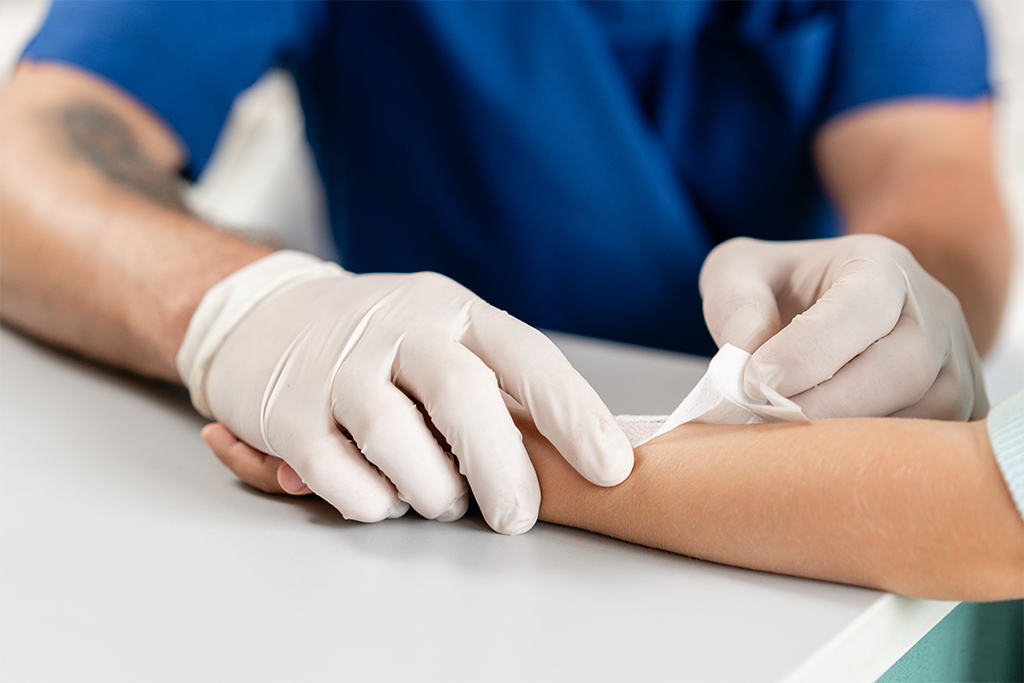
Silicone wound contact layer
Protects the wound bed from adhering to the dressing and extends past the wound margins to provide adhesion to the periwound skin.
Enables exudate uptake and prevents excess fluid-causing maceration to healthy skin.
Prevents the dressing from sticking to the wound and reduces pain during dressing changes.
Antimicrobial benefits
A fast-acting antimicrobial effect1 helps to achieve greater than 99.9% reduction across all micro-organisms tested within 6hrs and a sustained effect for up to 7 days.1
The multi-modal action of PHMB means acquired resistance to PHMB is unlikely and no known antimicrobial resistance has yet been reported.4, 5
Breathable polyurethane film
Provides a low-friction, waterproof bacterial barrier to the wound.
Indications For Use
PHMB Foam is indicated for moderate to heavily exuding chronic and acute wounds that are infected or are at risk of infection. The dressings may be used during the healing process on pressure ulcers, leg and foot ulcers, diabetic ulcers, and surgical wounds.
PHMB Foam is suitable for use under compression bandaging.
Need more information?
Download our factsheet to learn more about PHMB Foam dressings.

1. AMS Data 2019 on file: P3551R V3, AMS Data 2021 on file:P3746R V3.
2. AMS Data 2021 on file: LD104-21 and AMS Data 2022 on file LD016-22.
3. AMS Data 2022 on file: P5078R V1.
4. Sripriya, R. and Jayaraj, S.S., 2018 PHMB-An Efficient Synthetic Polymer For Wound Healing.
5. Chindera, K., Mahato, M., Kumar Sharma, A., Horsley, H., Kloc-Muniak, K., Kamaruzzaman, N.F., Kumar, S., McFarlane, A., Stach, J., Bentin, T. and Good, L., 2016. The antimicrobial polymer PHMB enters cells and selectively condenses bacterial chromosomes. Scientific reports, 61, pp.1-13.
6. PHMB Silicone EU only.
Infection Control

Silver Hydrogel
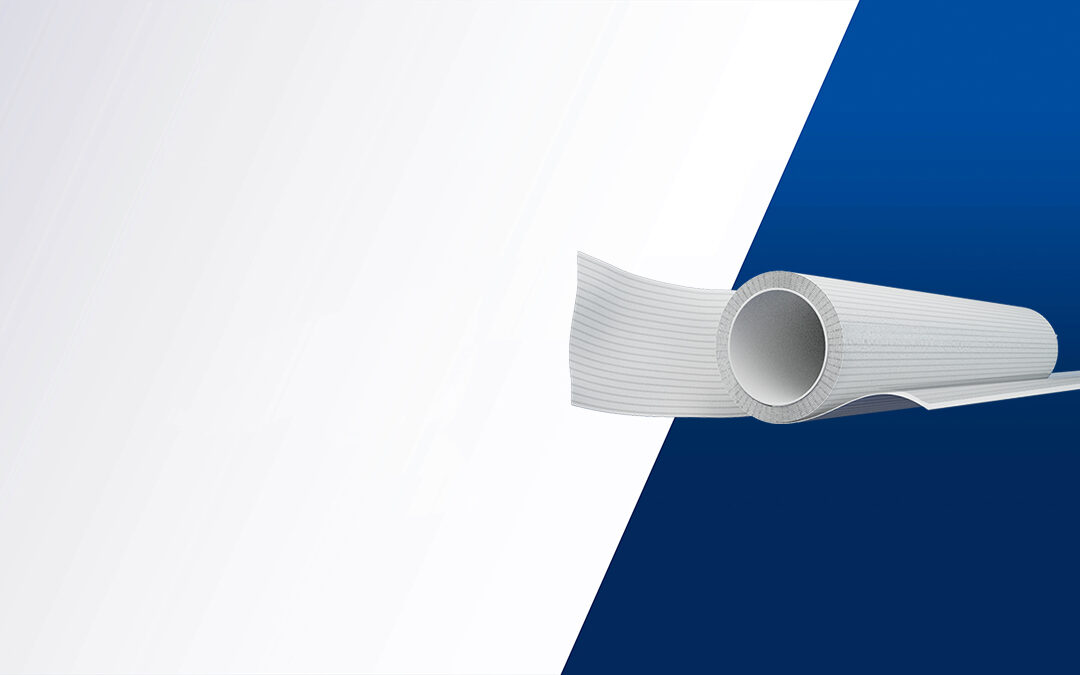
Moisture Wicking Fabric with Tri-Go™
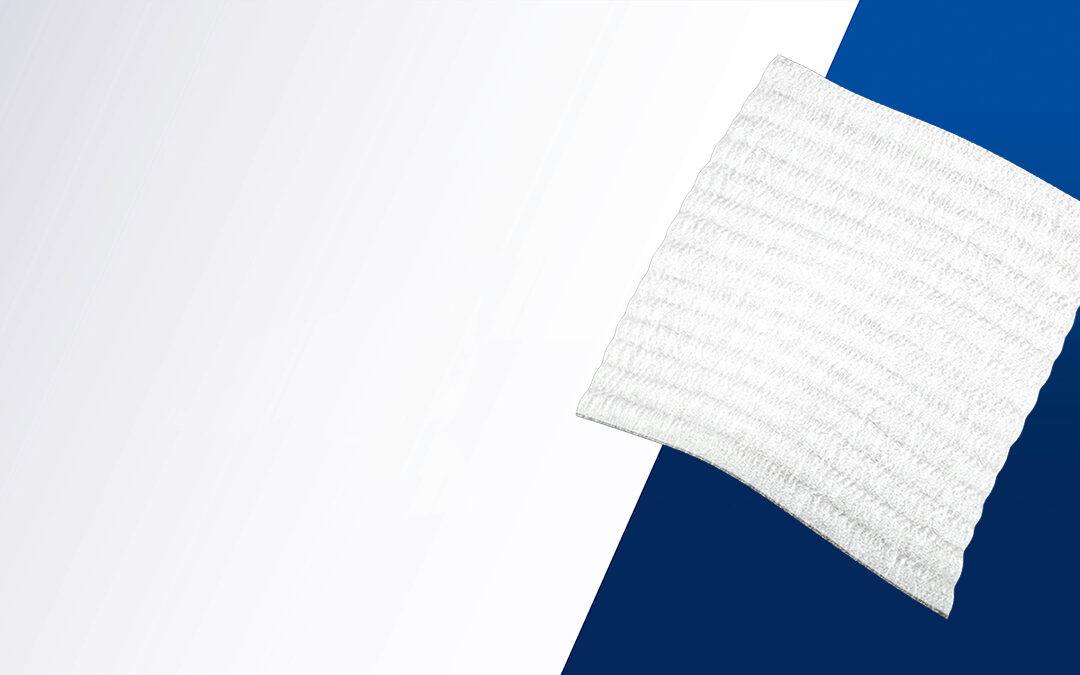
Silver Alginates
1. Data on File (2007) P914R. 2. Data on File (2007) P824R. 3. World Union of Wound Healing societies. [WUWHS] Position document management of biofilm. Wounds International. London. (2016).
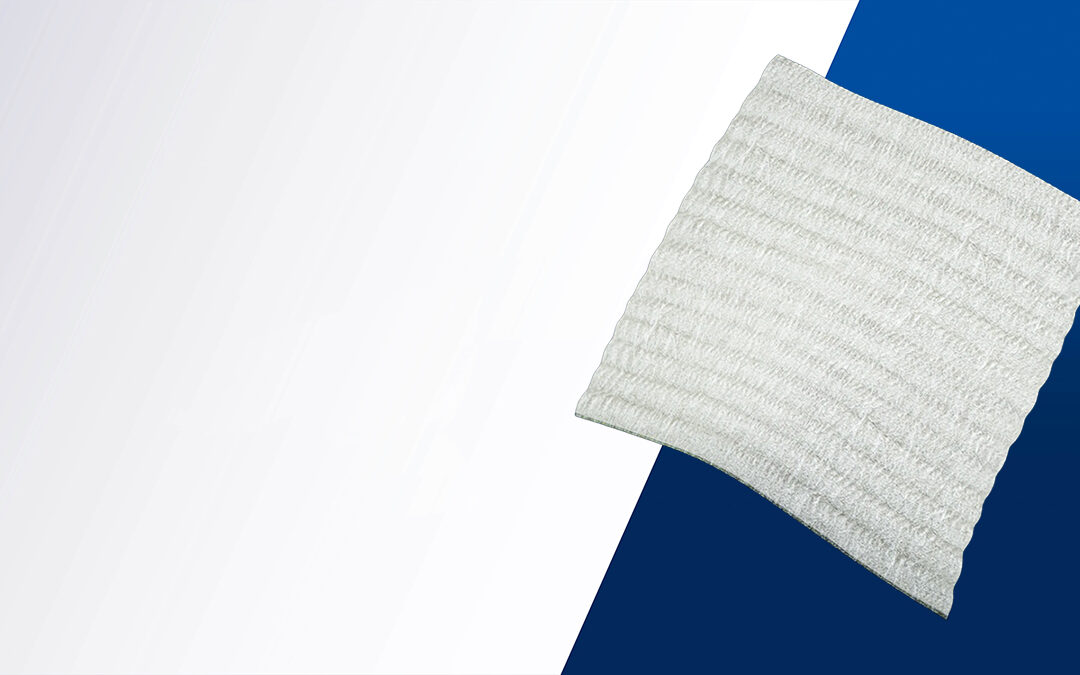
Silver High Performance Dressing
